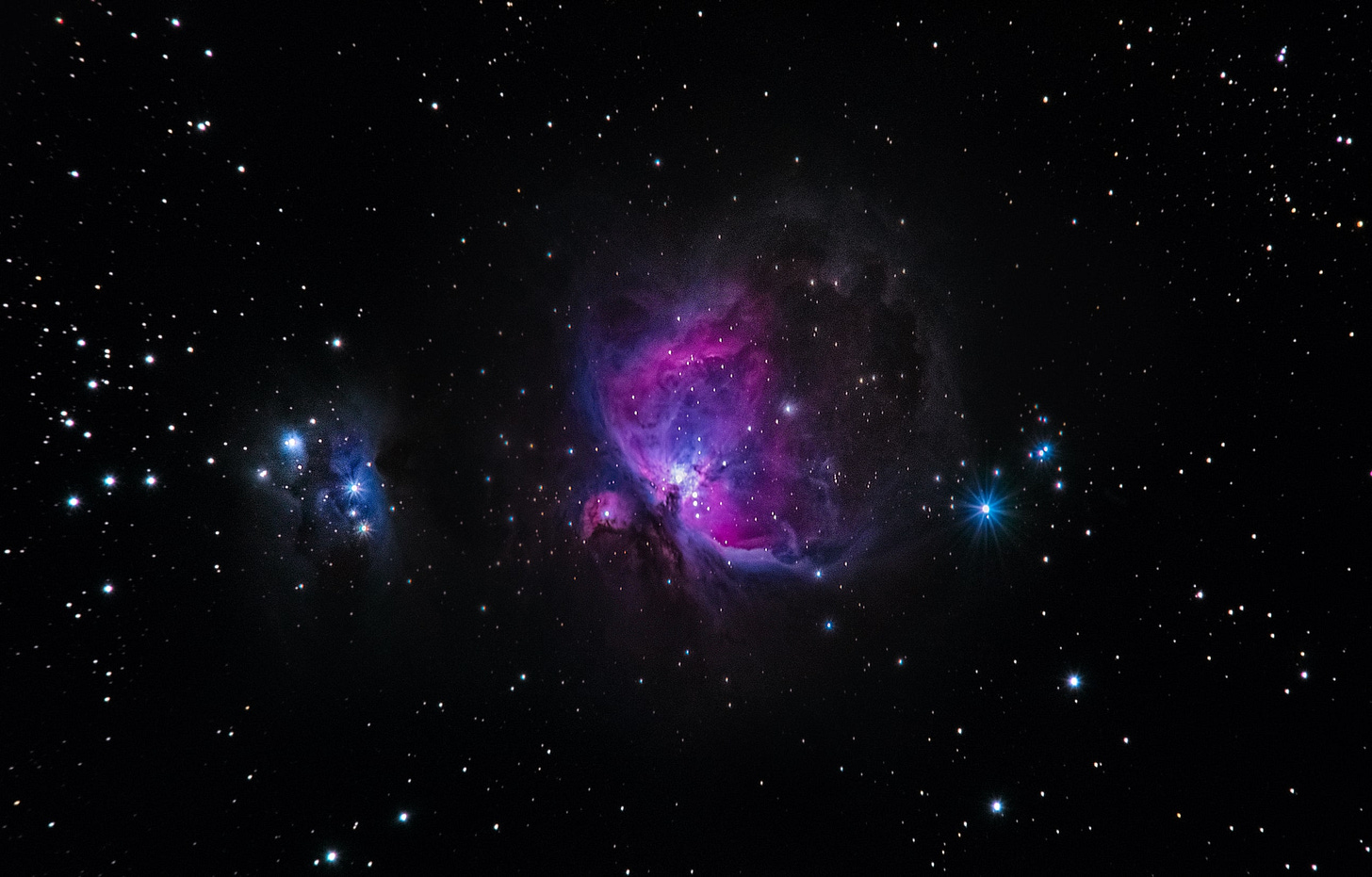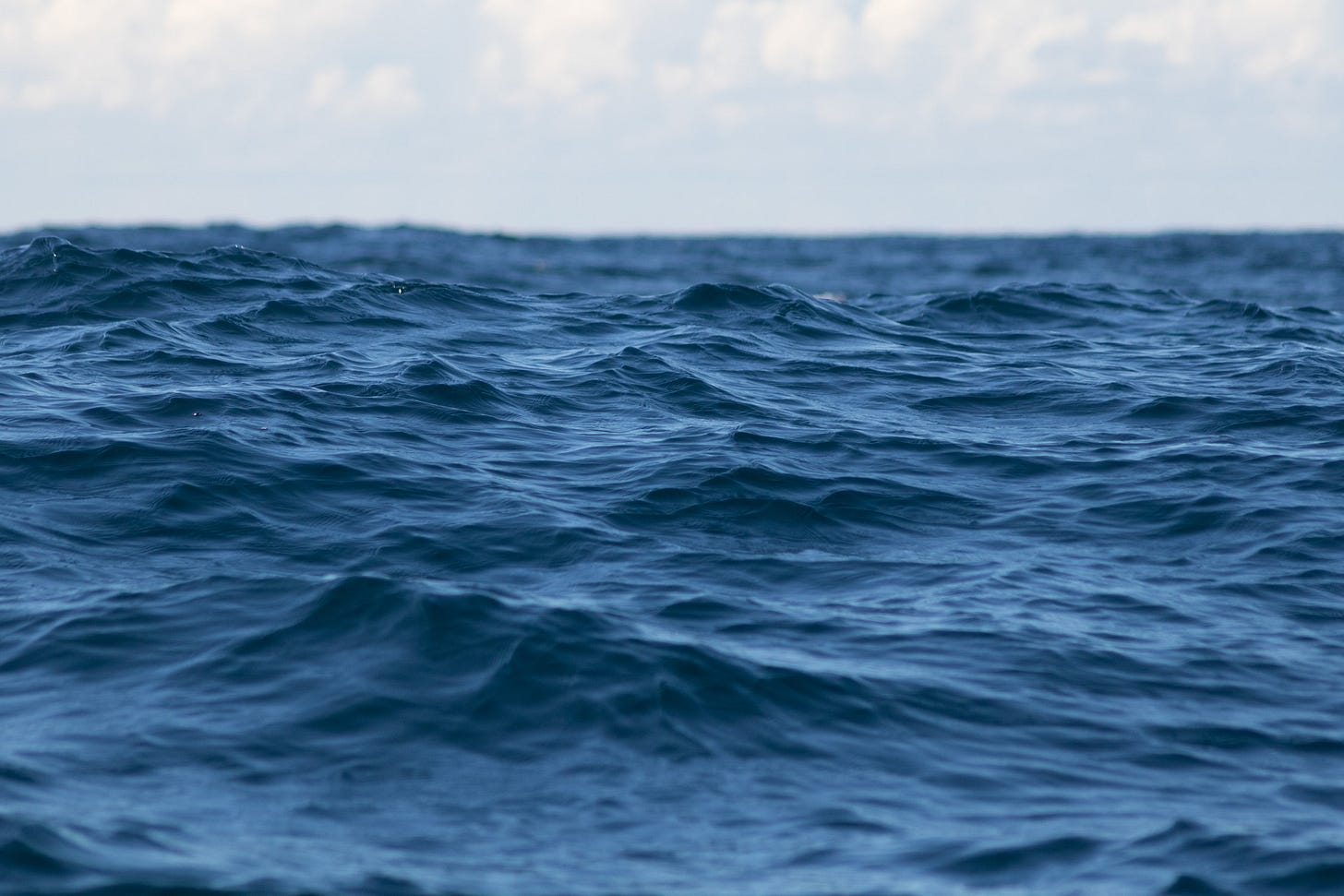Hello, and welcome to The Edge, the newsletter that brings you groundbreaking stories from the frontiers of technology and science.
We’ve got some great stories for you today, including robotic dogs, Google rollbacks and developments in space exploration. As always, we’ve added extra stories under each article should you find yourself in a curious state of mind.
Circuitry and tail-wagging

Google researchers have taken a big step towards making robots learn natural, or in this case canine, behaviour without the use of hand-coded robotic controls. Using motion capture of a real dog, scientists captured movements such as a dog trot and side-step. They then matched this footage with a simulated robot, enabling the simulation to move identically to its canine counterpart. The simulation then used reinforcement learning to stabilise movements and correct for differences in weight distribution and design. Finally, the researchers ported the control algorithm into Laikago, the robotic dog at their lab, resulting in a robot that moves ‘almost’ like a real dog. Not quite a replacement for our furry friends but a monumental step in the future of robotics.
Meet Sofia, an advanced human-like robot.
Robotics and automation down the line.
A history of robotics.
The $10 billion space project

A little less than a year from now, we’re going to be learning a whole lot of incredible things about space. The James Webb Space Telescope (JWST) is set to launch on March 30th, 2021 and will explore deep space in detail never seen before. The telescope, which was first conceived in the ‘90s and originally set to launch in 2007, is poised to be the Hubble Space Telescope’s successor - sort of. However, concerns are rising that COVID-19 will further delay the launch of the massive telescope, but for now, the planned launch date hasn’t changed. Should the telescope launch as expected, the joint ESA, NASA, CSA and STScI project will push our understanding of space to new heights.
Some of Hubble’s most incredible discoveries.
The James Webb Telescope - a gallery.
Pacific seafloor bacteria & life on Mars

Scientists have found surprising amounts of bacteria living under the Pacific seafloor, according to a paper published in Nature. This is not the first time discoveries like this have been made. However, it is the first time that such microorganisms have been found alive. Studying the rock samples taken from under the seafloor revealed a remarkable density of the bacteria - a billion bacterial cells per cubic centimetre, which is roughly the same density as found in the human gut. The bacteria is likely drawn to the clay-rich minerals under the seafloor, which lead author Yohey Suzuki argues could be similar to those found on Mars.
How humanity will react to the discovery of extraterrestrial life.
What would extraterrestrial life look like?
The cookie hasn’t really crumbled

Google has said it is temporarily rolling back its new Chrome cookie requirements, known as SameSite. SameSite is an update that followed the launch of Chrome 80, designed to change how third-party cookies work on websites. Before SameSite, Chrome accepted many cookies as default, including third-party cookies. Aimed at protecting user privacy, SameSite would block third-party cookies unless otherwise permitted by the website owner. Third-party cookies are essential to websites and while many websites were updated to accomodate SameSite, many weren’t - likely because most of them were adjusting to the complications caused by COVID-19. As such, Google has decided to roll back SameSite so that essential websites can' continue to function stably.



